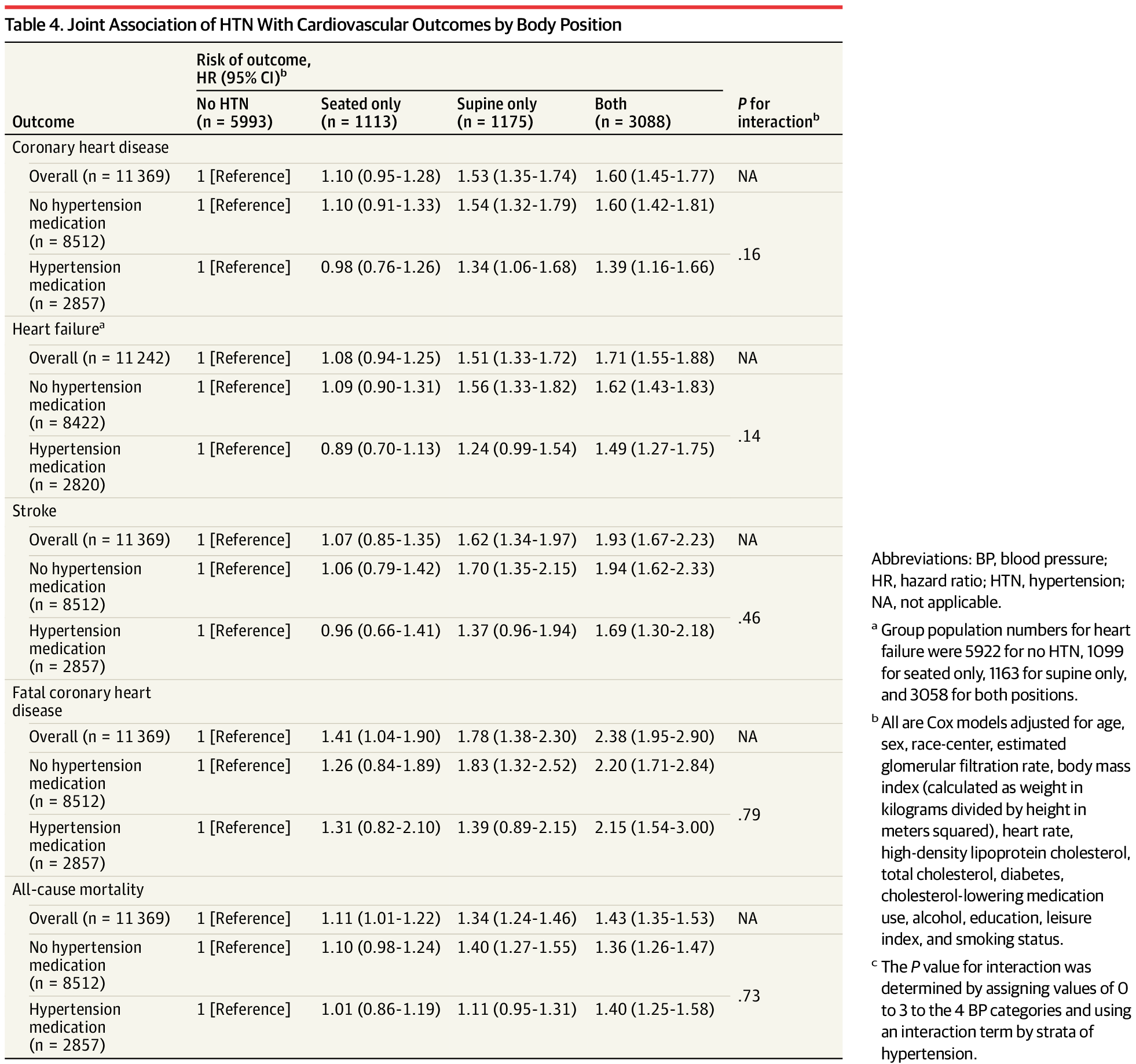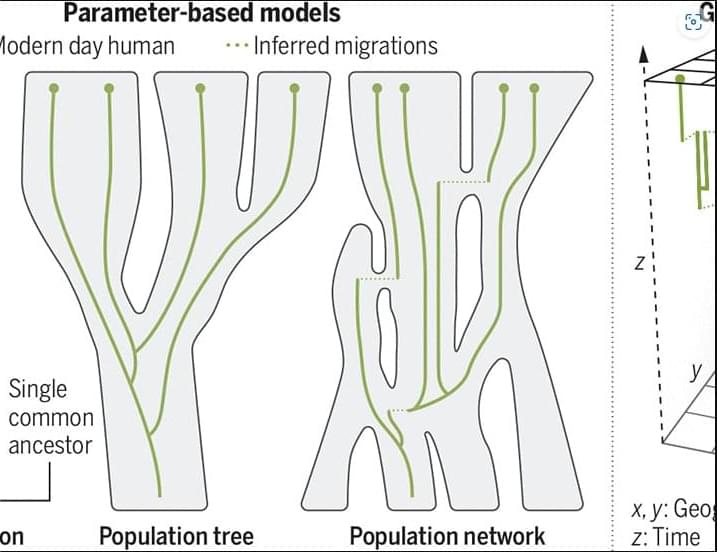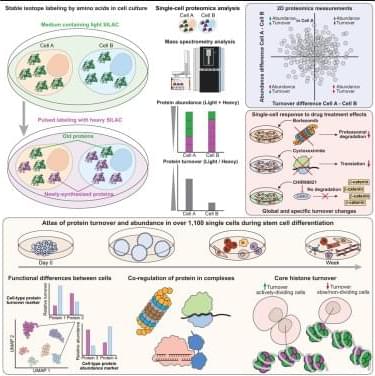Researchers from both Chalmers University of Technology, Sweden, and the University of Freiburg, Germany, have been collaborating on a project to help those who suffer from chronic wounds heal faster than ever before and therefore negate the possibility of amputation in severe cases.
Commonly a small wound does not lead to any serious complications; however, for those with diabetes, spinal injuries or poor blood circulation, a small wound means a greater risk of infection and chronic wounds – which in the long run can lead to much more serious consequences such as amputation.
Maria Asplund, Associate Professor of Bioelectronics at Chalmers University of Technology and head of research on the project explained that “Chronic wounds are a huge societal problem that we don’t hear a lot about. Our discovery of a method that may heal wounds up to three times faster can be a game changer for diabetic and elderly people, among others, who often suffer greatly from wounds that won’t heal.”







